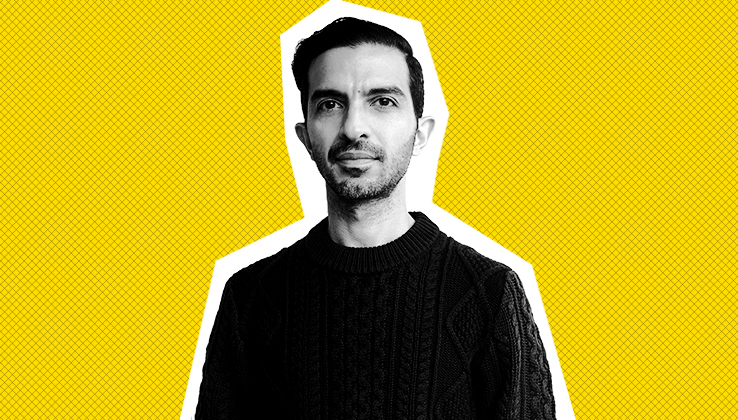Save 50% on a 3-month Digiday+ membership. Ends Dec 5.
Business of Fashion’s Imran Amed: Subscriptions work if you know your audience

Subscribe: iTunes | Google Play | Stitcher
Imran Amed began The Business of Fashion as a blog he wrote for himself. Today, it has grown into a leading news and analysis website for the fashion industry with offices in London, New York and Shanghai. The publication has grown several revenue streams: events, online courses, a careers website and most recently, subscriptions.
“We were clear who we’re going after. If you know who you’re trying to reach, it helps you make better decisions,” said Amed on this week’s Digiday Podcast. “We were targeting the professional reader, who came to the site daily or hourly for updates. They would also be able to expense it from their business. We gave the hyperengaged users an early bird discount to sign up. It’s a mindset shift. You’ve been reading this for years for free, but how can I get you to shift to the idea of paying for it?”
Amed discusses subscription strategy, events, media that fills a need and more in the episode.
Edited highlights appear below.
This business is not for everyone
“The way we’re building our business is not a mass play. We have a specific community in mind, which helps us focus our offering, attention, commercial partnerships and editorial. You can be the highly curated destination, and you don’t need an algorithm to make it work. Fashion was a very exclusive industry that nobody got to see beyond the glossy surface. But it opened up. We have a significant consumer following who wants to know more than just fashion trends. Although we don’t write for those people in particular, we have some business-to-consumer propositions. Rise of fashion as popular culture has been the part of our story. The same level of obsession some people have for sports, other people have for fashion.”
Ad position: web_incontent_pos1
Creating a careers product
“There was no global destination for people looking for talent or opportunities to go to. There was a lot of local job sites in local markets, but if you’re Louis Vuitton and you wanted to post jobs and look for talent globally, there was no place to do that. We launched that business in 2014 with seven partners in seven different countries. Today, that platform has 300 partners, over 300,000 job postings. We weren’t selling posts. We created an annual subscription for our partners. So you buy a service to talk about your brand instead of buying a job posting.”
Strategizing subscriptions
“We use a hybrid model between a metered paywall and exclusive content for members only. Through our analysis of user behavior, we decided that the right point to start charging was after five articles. We could see that we wouldn’t limit the casual reader to come back and enjoy or the first-time visitor to click around a bit. But some content is exclusive, so it doesn’t matter if you hit your limit that month or not. If you need that exclusive content, then you need to sign up. That converts people really fast.”
More in Media

What publishers are wishing for this holiday season: End AI scraping and determine AI-powered audience value
Publishers want a fair, structured, regulated AI environment and they also want to define what the next decade of audience metrics looks like.

Digiday+ Research Subscription Index 2025: Subscription strategies from Bloomberg, The New York Times, Vox and others
Digiday’s third annual Subscription Index examines and measures publishers’ subscription strategies to identify common approaches and key tactics among Bloomberg, The New York Times, Vox and others.

From lawsuits to lobbying: How publishers are fighting AI
We may be closing out 2025, but publishers aren’t retreating from the battle of AI search — some are escalating it, and they expect the fight to stretch deep into 2026.
Ad position: web_bfu




